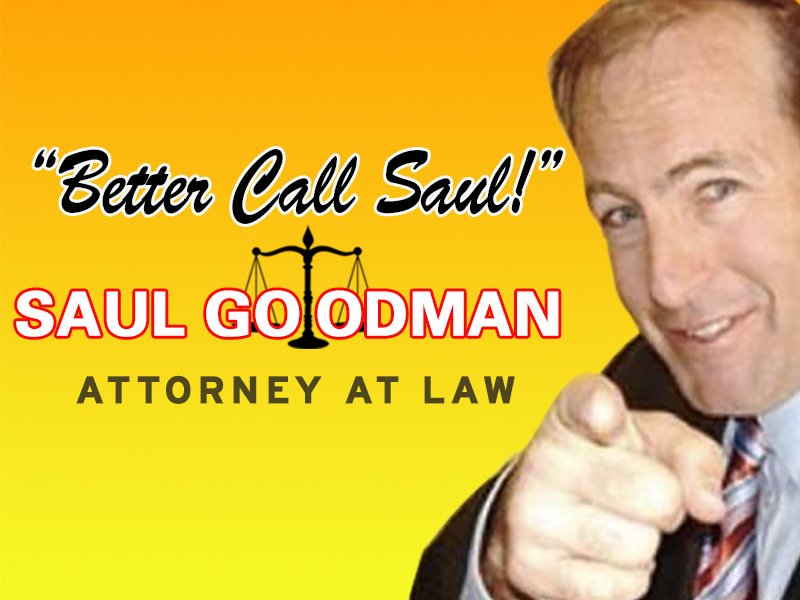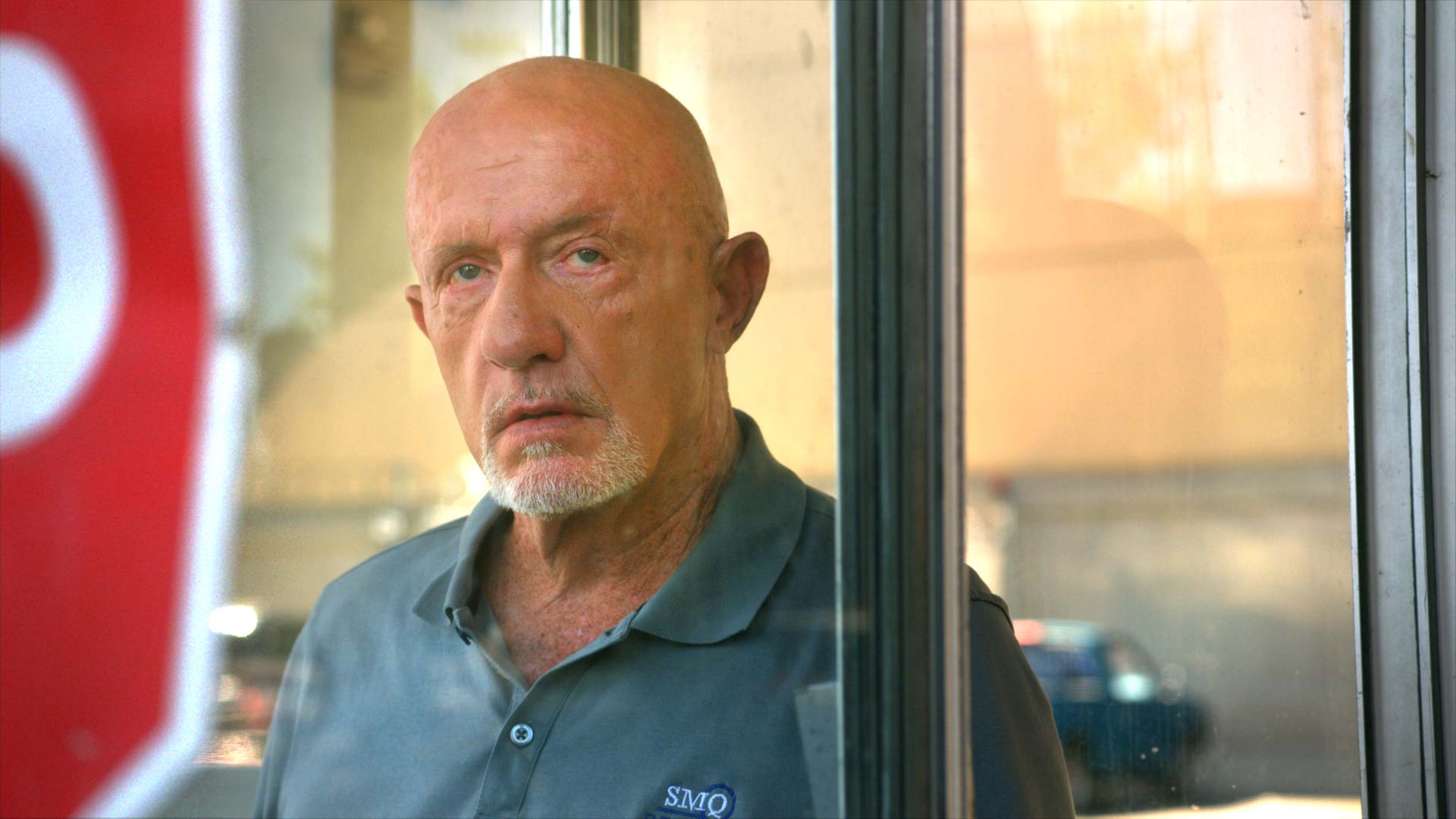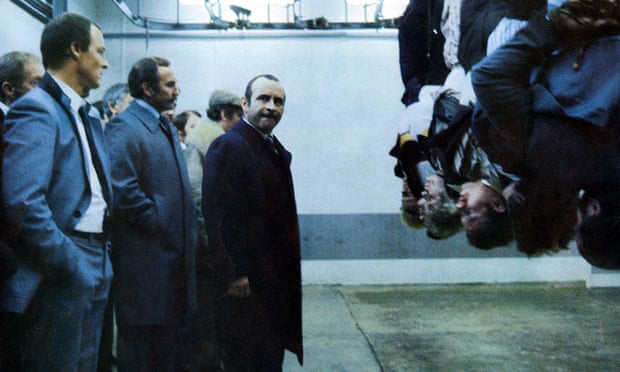This is the 568th movie I've seen from the 1,172 films on the "Before You Die" list that I'm gradually working through.
Director: Abel Gance
Early silent film dramas can really try my patience. Ones that are over two hours are even more taxing. So when I saw the running time of La Roue (French for "The Wheel") at a bulky four hours and 21 minutes, I marshaled my strength. Steeled as I was, it still was not enough to overcome the tedium that was this movie.
As with several other films from around this era - especially D.W. Griffith dramas such as Orphans of the Storm or Broken Blossoms - La Roue piles on the melodrama steady and thick. The story revolves around (see what I did there?) Sisif, his son Elie, and his daughter Norma. Sisif is a widowed railway engineer who, after a horrendous train accident, rescues the toddler Norma, whose parents have died in the wreck. Sisif takes Norma home and raises her as his own daughter, right alongside his son Elie, who is almost the same age as Norma. Though the family grows up poor, they are generally happy for some time, with neither Norma nor Elie knowing of Norma's true origins.
Once Norma becomes a young woman, however, things gradually take a dark turn. Sisif, knowing that Norma is not his biological daughter, develops a lust for her. He desperately attempts to subdue his urges and guilt through work and alcohol, but this creates more problems. He eventually attempts suicide, which fails, sending him further down a depressing spiral. Sisif ends up marrying Norma off to his boss - a greedy extortionist who also has a strong desire for the young woman. The problems complicate and grow until a fatal showdown between a couple of those involved.
For a movie released in 1924, the idea of incestuous (even adopted) lust is a rather dark and controversial topic. And generally, I did find that La Roue dealt with it in a relatively serious and commendable way, casting it all in terms of a Greek tragedy taking place within a low socio-economic class. That said, the story hardly seemed to need over four hours to be told. (I read that the original cut of the movie was over seven hours! I can't even imagine.) This is in keeping with nearly all silent dramas of the day, especially those that were innovative in terms of film grammar and technique. I can only assume that the many extended close-ups and dramatic sequences were meant to allow the audience to drink in the emotion of the story. For viewers in the 1920s, this may have been less taxing. For me, though, much of it now feels highly overwrought. Because films became much more efficient and subtle over the succeeding decades, many of the scenes in The Wheel simply drag. There were multiple times when I would zone out for a few minutes, only to bring my attention back to the movie and find that it was still in the same scene, conveying the same plot point or emotion.
I do understand why the movie is considered important. Director Abel Gance showed a mastery of editing and advanced film techniques that were on par with the all-time great directors of his day. Compared to the movies of Griffith or Von Stroheim, Gance used quick cuts, overlaps, and changing visual rhythms in ways that were still quite new for the time. And he did imbue the film with a grand, epic feeling that was rarely granted to such humanistic stories at the time. When taken with the social commentary of the tale, it is not hard to see why this movie is considered a landmark in cinema.
It is hard, however, to sit through four-and-a-half hours of it. This one is recommended only to the most devout of film historians and silent movie aficionados.
Director: Abel Gance
Early silent film dramas can really try my patience. Ones that are over two hours are even more taxing. So when I saw the running time of La Roue (French for "The Wheel") at a bulky four hours and 21 minutes, I marshaled my strength. Steeled as I was, it still was not enough to overcome the tedium that was this movie.
As with several other films from around this era - especially D.W. Griffith dramas such as Orphans of the Storm or Broken Blossoms - La Roue piles on the melodrama steady and thick. The story revolves around (see what I did there?) Sisif, his son Elie, and his daughter Norma. Sisif is a widowed railway engineer who, after a horrendous train accident, rescues the toddler Norma, whose parents have died in the wreck. Sisif takes Norma home and raises her as his own daughter, right alongside his son Elie, who is almost the same age as Norma. Though the family grows up poor, they are generally happy for some time, with neither Norma nor Elie knowing of Norma's true origins.
Once Norma becomes a young woman, however, things gradually take a dark turn. Sisif, knowing that Norma is not his biological daughter, develops a lust for her. He desperately attempts to subdue his urges and guilt through work and alcohol, but this creates more problems. He eventually attempts suicide, which fails, sending him further down a depressing spiral. Sisif ends up marrying Norma off to his boss - a greedy extortionist who also has a strong desire for the young woman. The problems complicate and grow until a fatal showdown between a couple of those involved.
 |
| This shot shows one of many effective uses of double exposure. It also shows Sisif staring into the camera - a visual that became numbingly repetitive. |
I do understand why the movie is considered important. Director Abel Gance showed a mastery of editing and advanced film techniques that were on par with the all-time great directors of his day. Compared to the movies of Griffith or Von Stroheim, Gance used quick cuts, overlaps, and changing visual rhythms in ways that were still quite new for the time. And he did imbue the film with a grand, epic feeling that was rarely granted to such humanistic stories at the time. When taken with the social commentary of the tale, it is not hard to see why this movie is considered a landmark in cinema.
It is hard, however, to sit through four-and-a-half hours of it. This one is recommended only to the most devout of film historians and silent movie aficionados.









